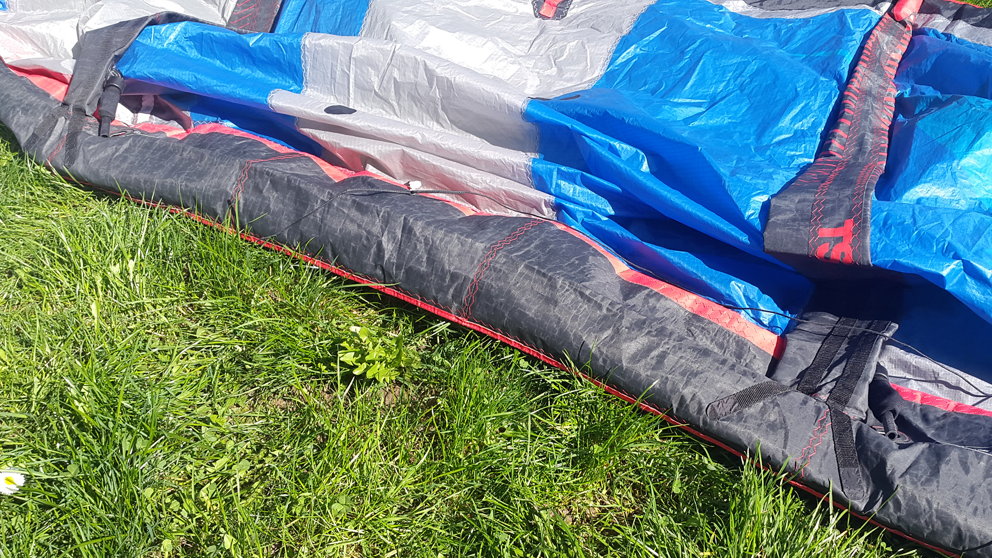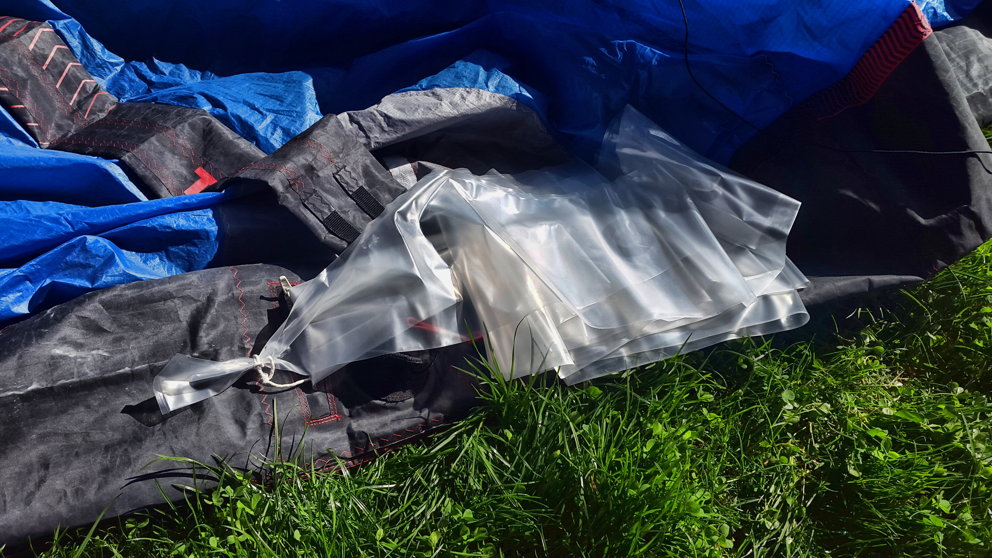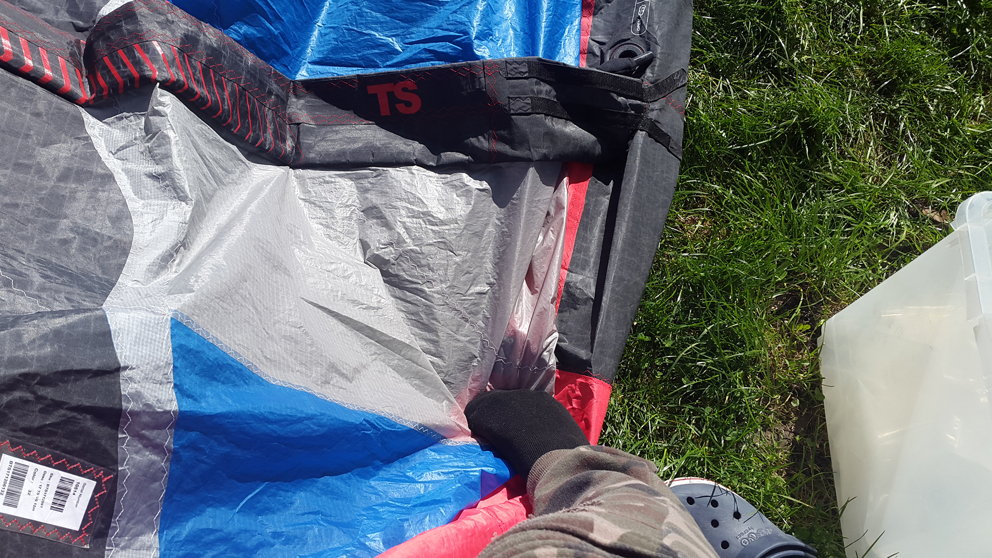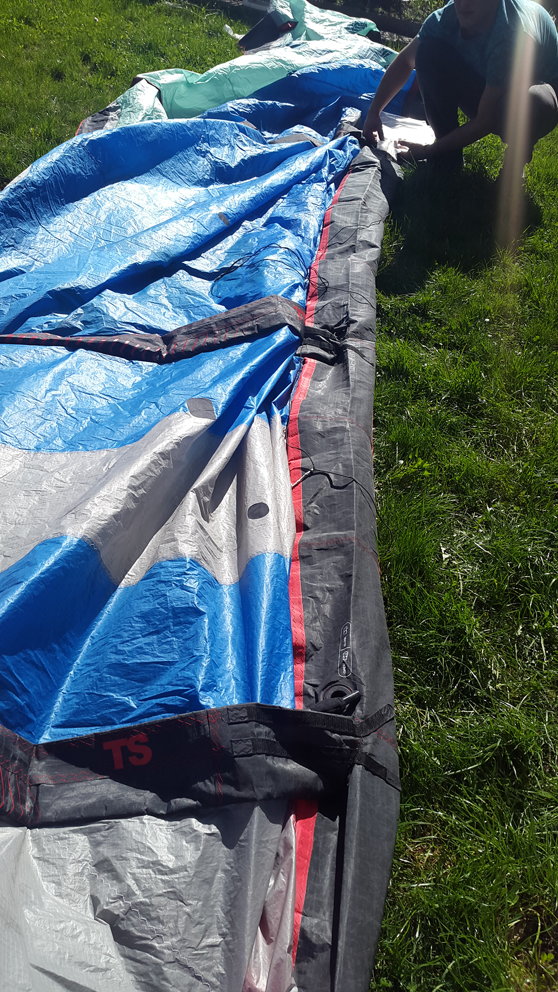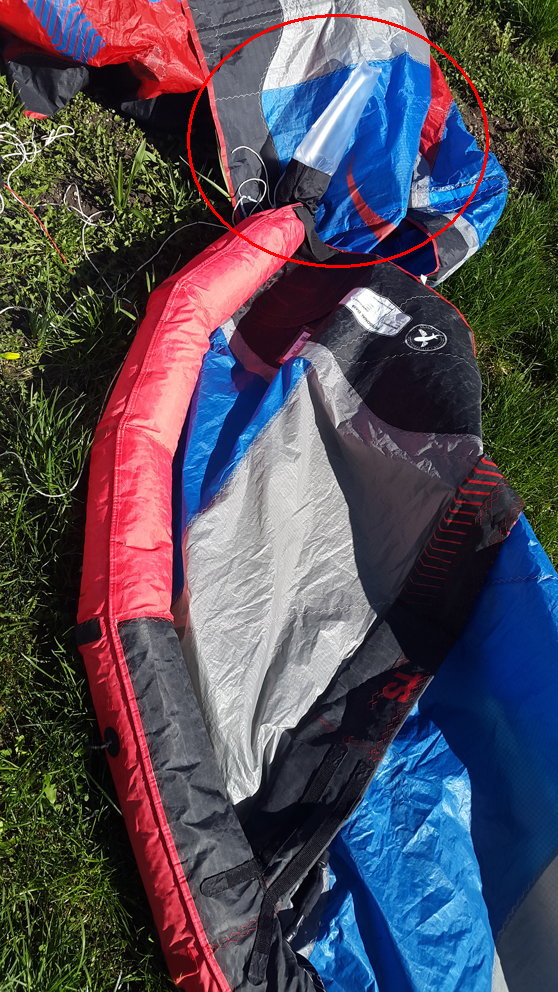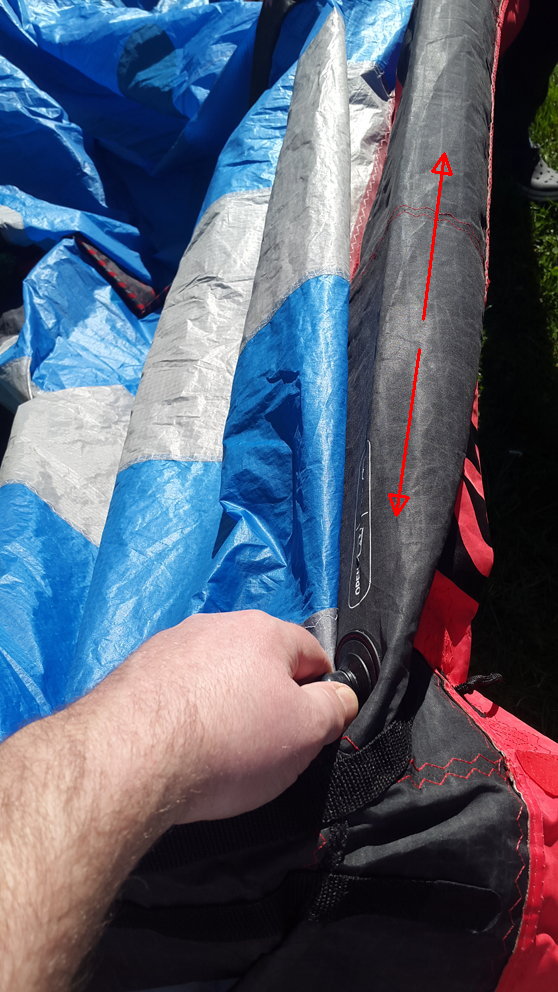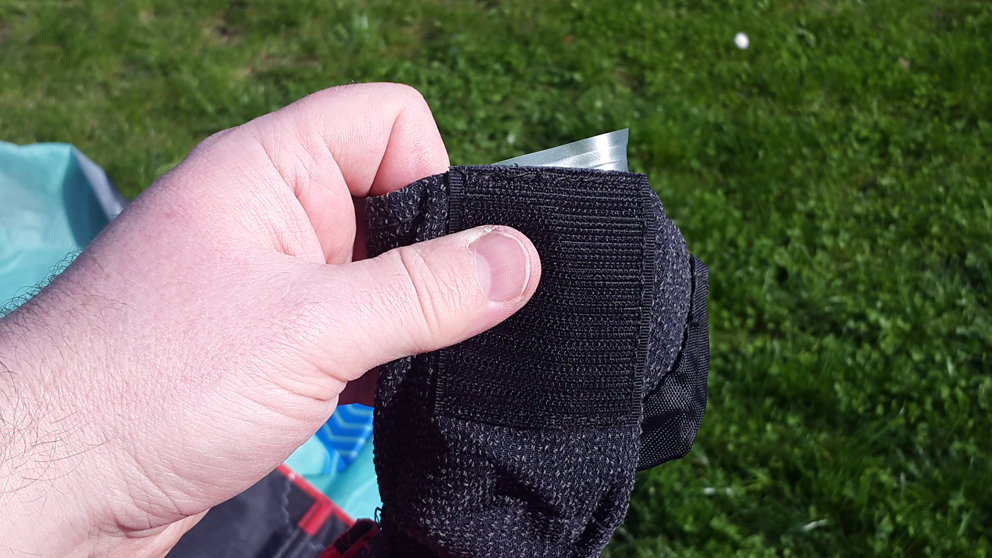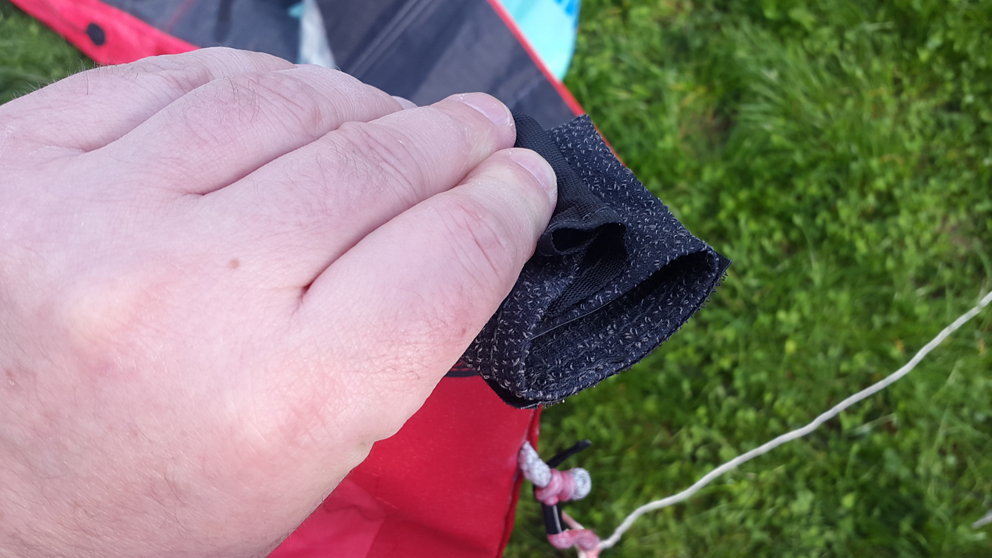Menu
-
MenuBack
-
Products
-
-
Products
-
Test
-
-
-
Brand's Original Products
-
Crazy Fly
-
Core
-
Duotone
-
F-One
-
FreeWing
-
Naish
-
North
-
Ozone
-
Slingshot
-
-
-
Shop Categories
-
Repair Tapes & Glues
-
Replacement Bladders
-
Bladder Blanks
-
Adhesive Valves
-
Valve Spare Parts, Hoses
-
Lines & Parts
-
Pulleys, Rings & Safety Parts
-
Other Spare Parts & Accessories
-
-
-
Bladders & Valves
-
-
Replacement Bladders
-
5 Year Inflatable Bladders Warranty
-
StickIT! System vs. Replacement Bladders
-
Tips & Tricks on Installing Bladders
-
-
Adhesive Valves
-
Universal Valve Solutions
-
Valve Spare Parts, Hoses
-
-
Services & Support
-
-
Services
-
Gear Repair Form
-
Design Services
-
-
-
Tips & Tricks, Guides
-
Design Services
-
-
Our Team
-
-
About Us
-
Become Our Retailer
-
- Shop
-
acc4 Account
-
-
Shopping Cart
Back to shopCart is empty.


TIPS & TRICKS
TIPS
Tips & Tricks on Installing Bladders
Shopping Cart
Back to shopCart is empty.
Account
Menu
-
MenuBack
-
Products
-
-
Products
-
Test
-
-
-
Brand's Original Products
-
Crazy Fly
-
Core
-
Duotone
-
F-One
-
FreeWing
-
Naish
-
North
-
Ozone
-
Slingshot
-
-
-
Shop Categories
-
Repair Tapes & Glues
-
Replacement Bladders
-
Bladder Blanks
-
Adhesive Valves
-
Valve Spare Parts, Hoses
-
Lines & Parts
-
Pulleys, Rings & Safety Parts
-
Other Spare Parts & Accessories
-
-
-
Bladders & Valves
-
-
Replacement Bladders
-
5 Year Inflatable Bladders Warranty
-
StickIT! System vs. Replacement Bladders
-
Tips & Tricks on Installing Bladders
-
-
Adhesive Valves
-
Universal Valve Solutions
-
Valve Spare Parts, Hoses
-
-
Services & Support
-
-
Services
-
Gear Repair Form
-
Design Services
-
-
-
Tips & Tricks, Guides
-
Design Services
-
-
Our Team
-
-
About Us
-
Become Our Retailer
-
- Shop





